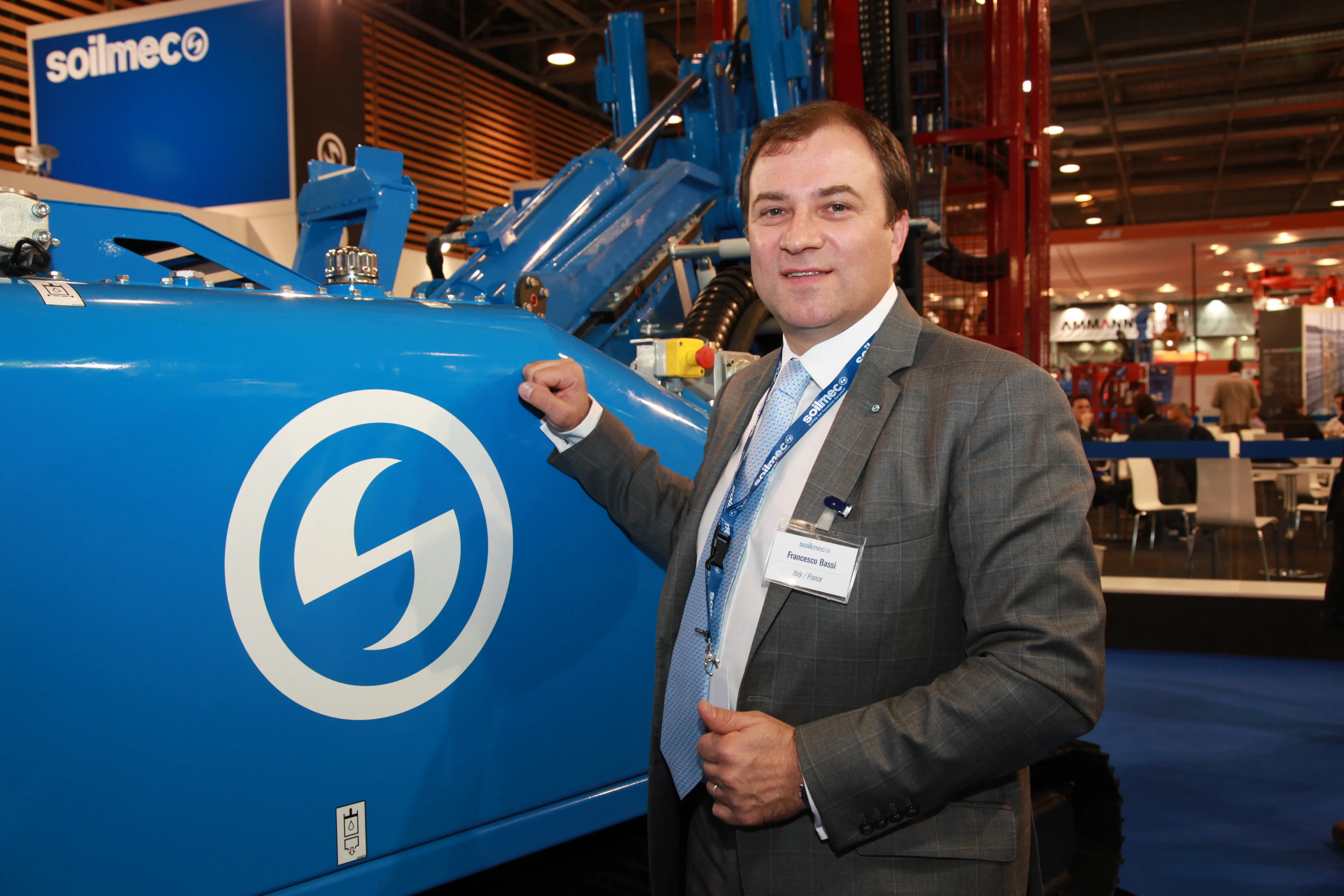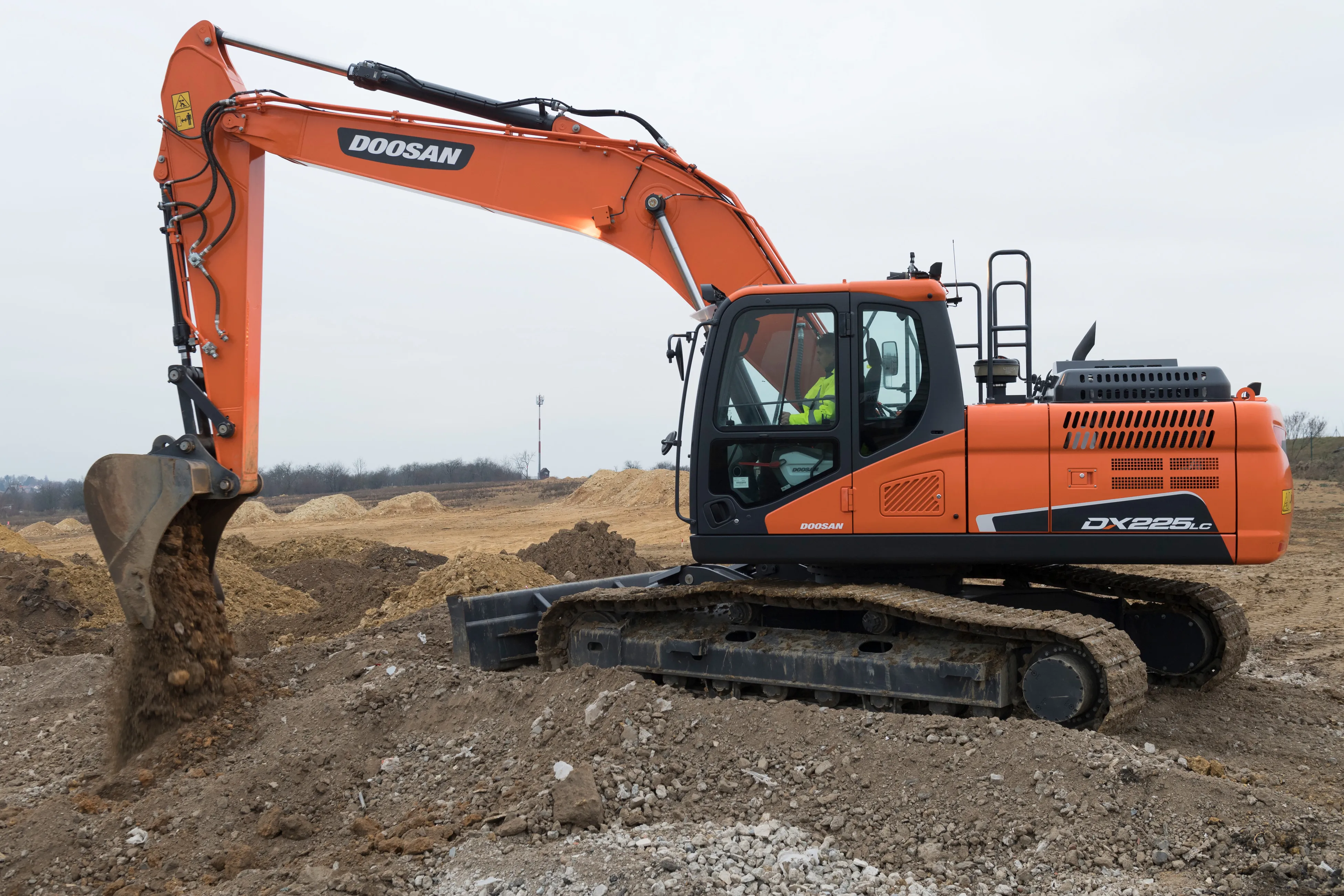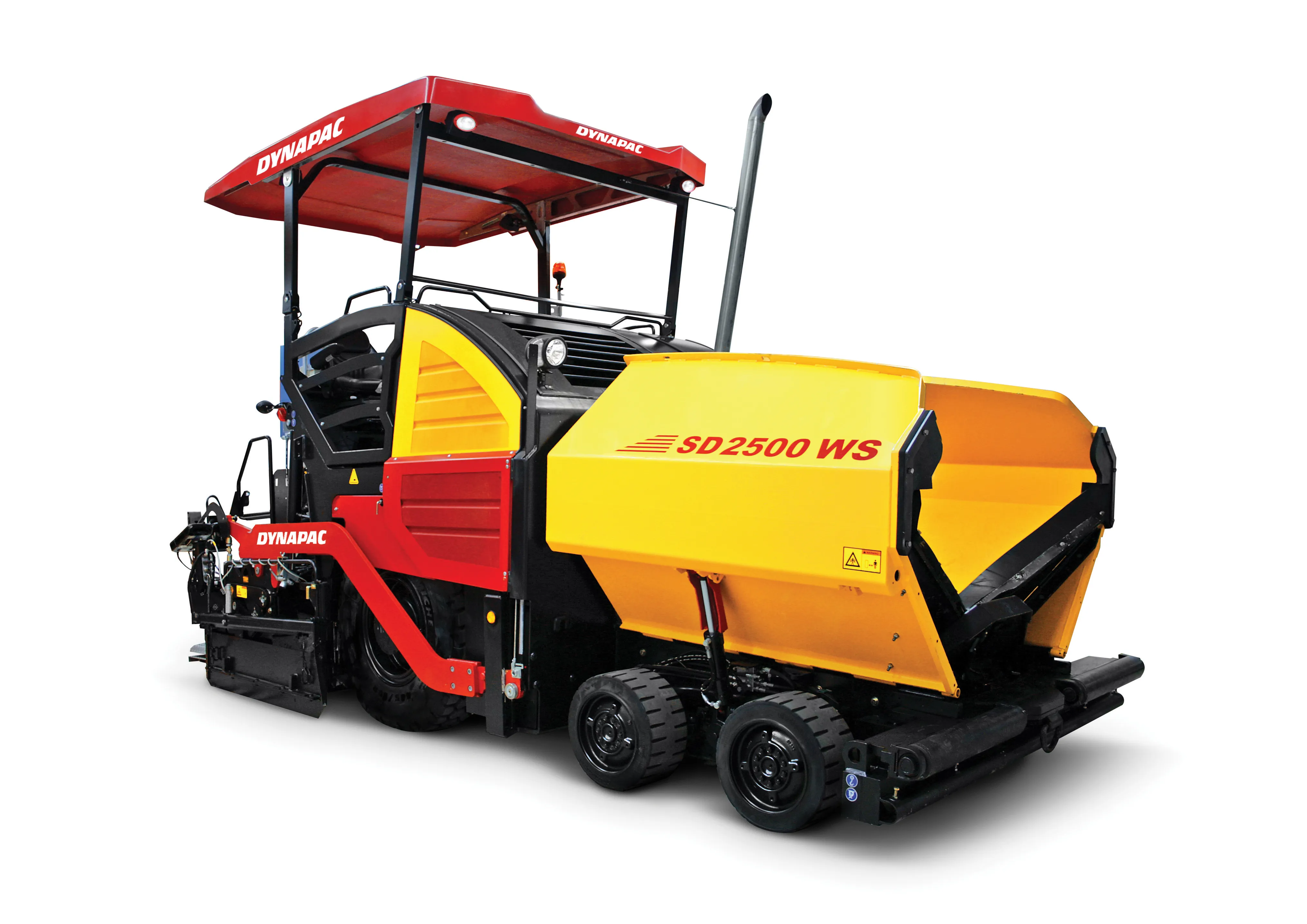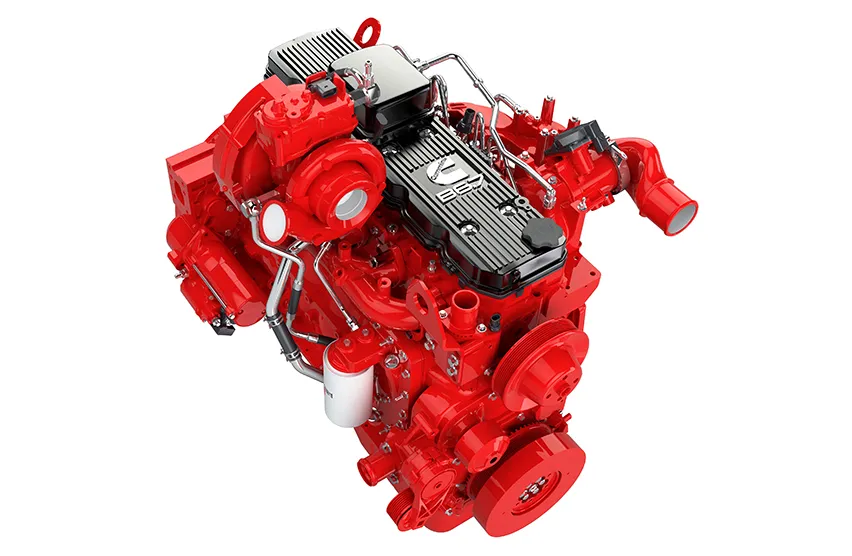Soilmec has introduced a hydraulic drilling rig with a range of features for versatility and performance in drilling and foundation preparation while also ensuring operator comfort. The SR-45 is built with high stress steel that has enabled Soilmec to achieve a more compact mast allowing a larger cab to be fitted for the comfort of the operator. Walkways, handrails and a camera system with LCD screen have also been designed with optimal operator safety in mind. The rotary table of the rig is compact with a
January 6, 2017
Read time: 2 mins

The SR-45 is built with high stress steel that has enabled Soilmec to achieve a more compact mast allowing a larger cab to be fitted for the comfort of the operator. Walkways, handrails and a camera system with LCD screen have also been designed with optimal operator safety in mind.
The rotary table of the rig is compact with a flat shape to the case which helps reduce the machine’s weight. The rig features a
The SR-45 offers high performance for traditional bored piles, but can also be reconfigured for other drilling technologies such as continuous flight auger piles, full displacement piles and consolidated treatments with Turbojet – the company’s combined mechanical mixing and jet grouting technology.
The SR-45 is already in use on sites in Italy, France, North America and Mexico.









